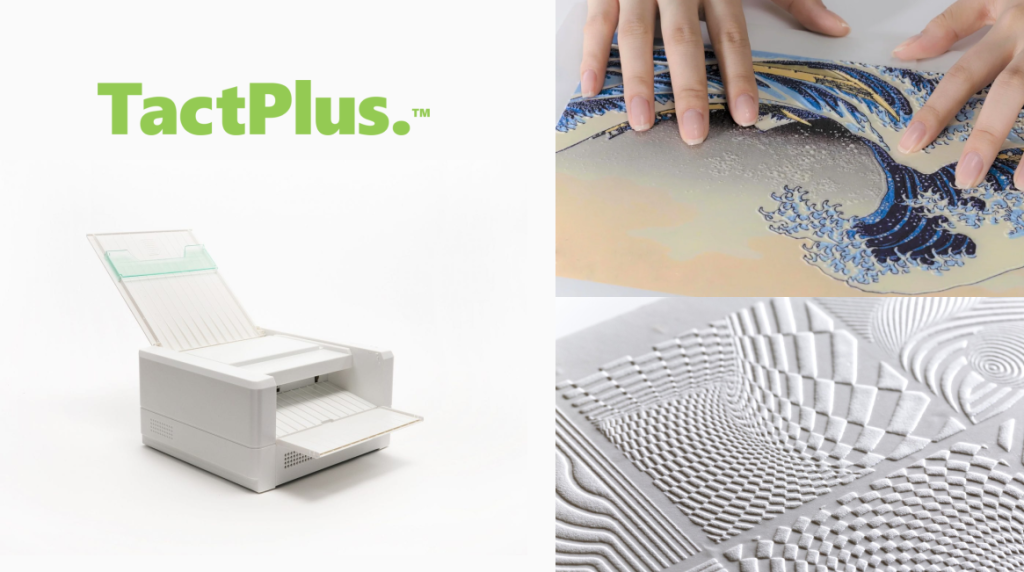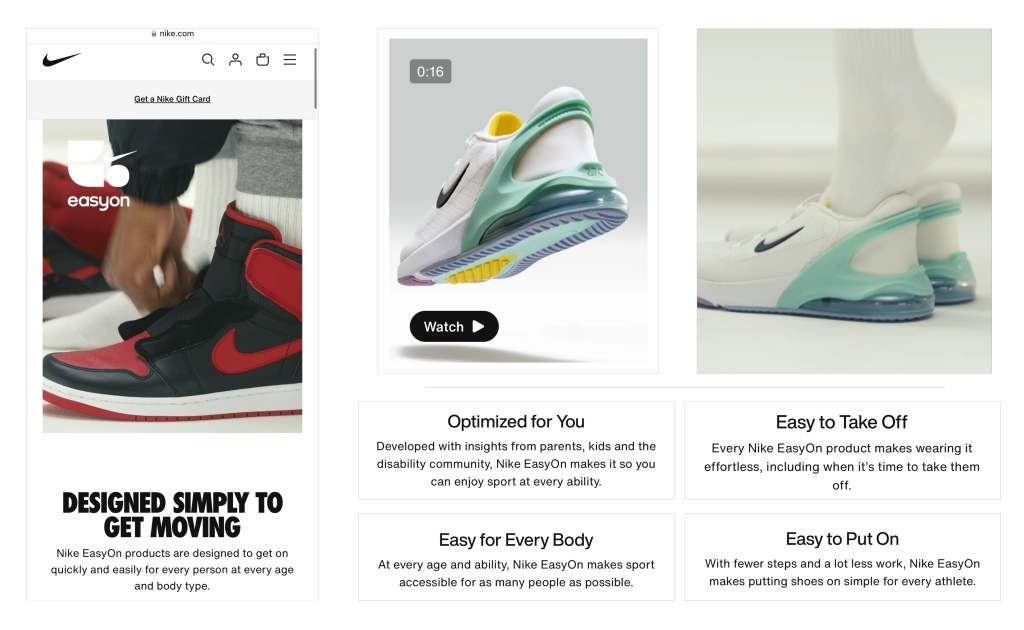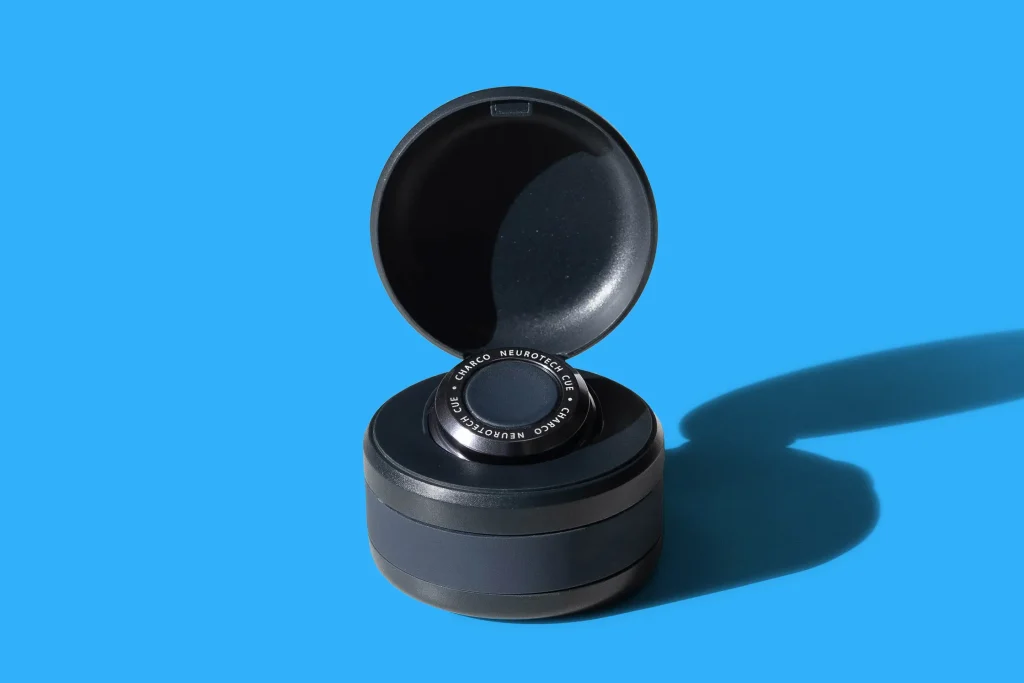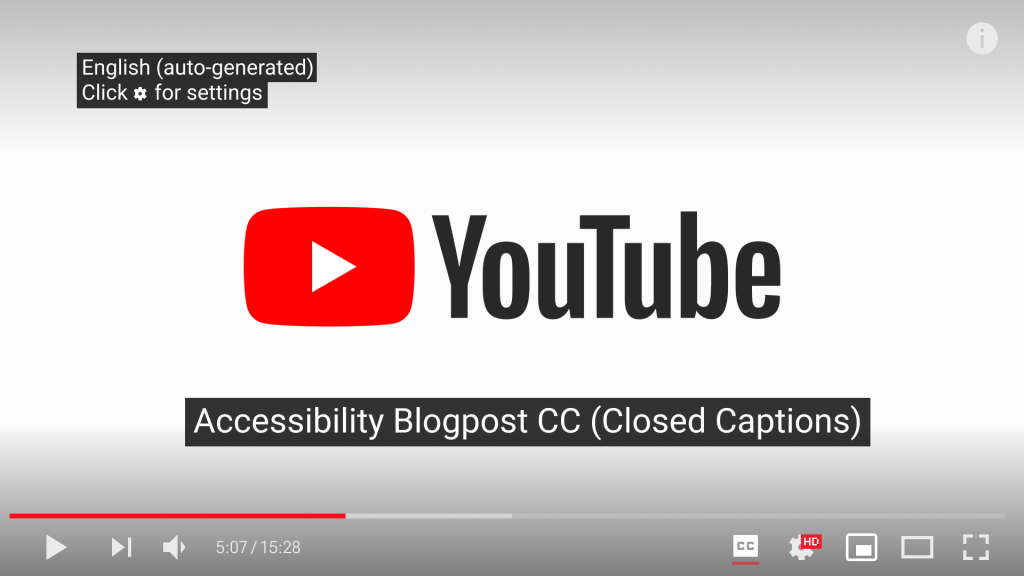Assistive Technology: The Google Home
The Discovery of the Google Home The Google Home is a smart speaker that doubles as an home automation hub developed by Google. It allows users to control various smart devices, access information, and perform a range of tasks through Google Assistant. Despite being just a speaker, it serves as a central command system that […]
Assistive Technology: The Google Home Read More »







